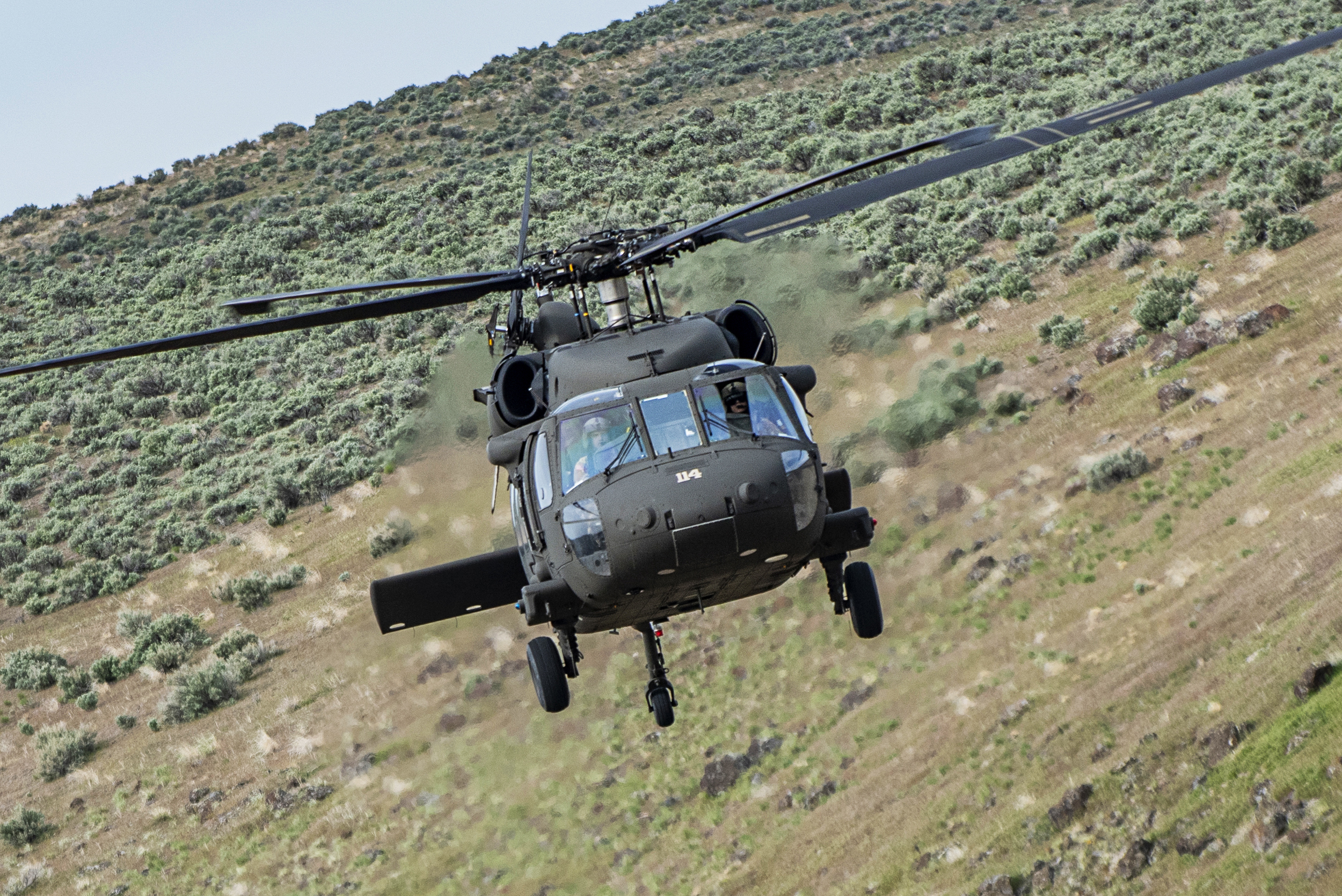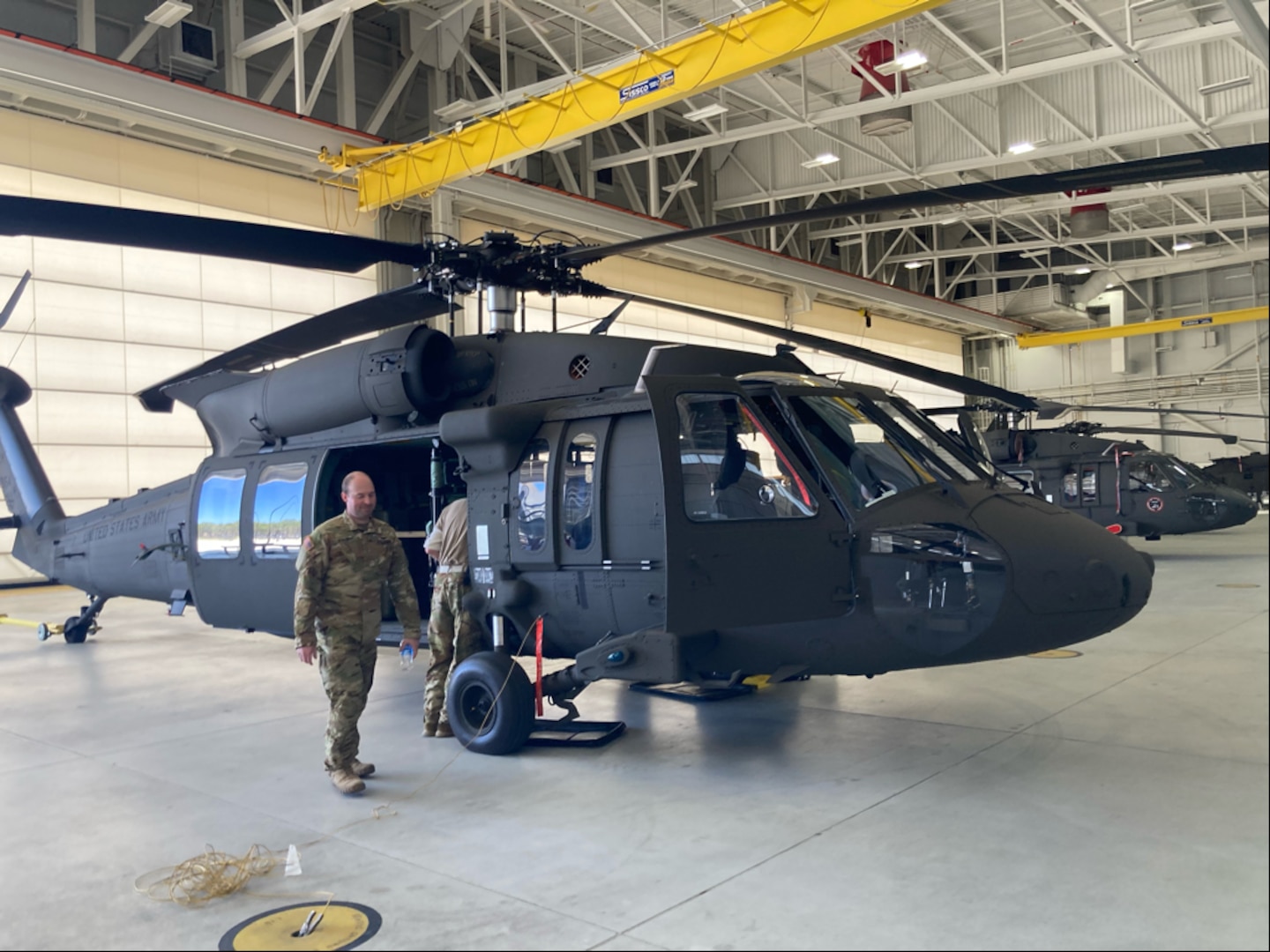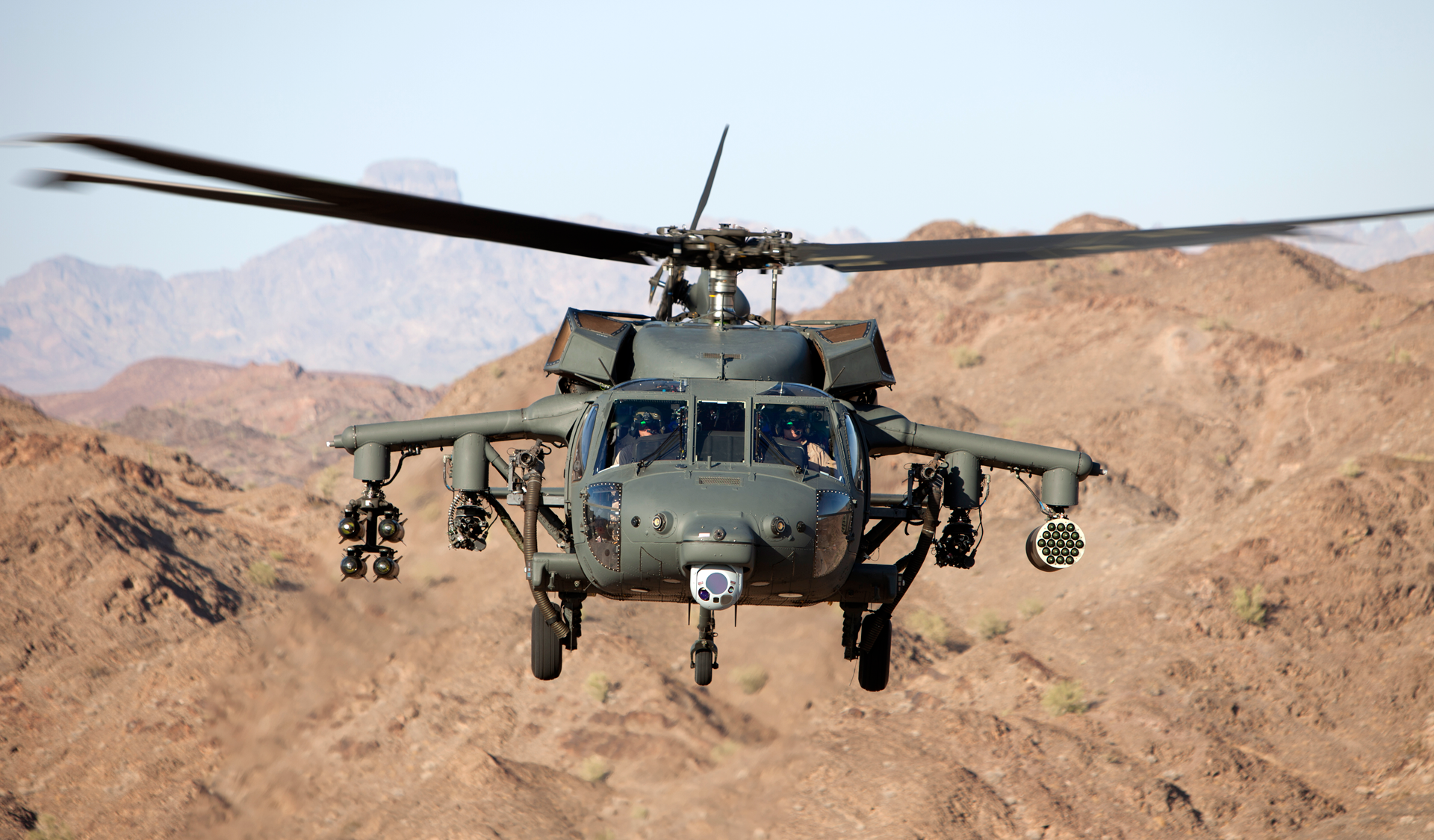Learn more about the State-of-the-Art Innovation Powering the Blackhawk Helicopter
Learn more about the State-of-the-Art Innovation Powering the Blackhawk Helicopter
Blog Article
Checking Out the Thrills and Innovations of the Blackhawk Helicopter
The Blackhawk helicopter stands as a testament to military air travel's evolution, combining technological developments with useful applications. Considering that its intro in the 1960s, it has changed the landscape of airborne assistance, boasting attributes that improve its efficiency in various functional functions. As we explore its historical value and key technologies, one must take into consideration exactly how forthcoming advancements may redefine its capacities. What lies in advance for this legendary aircraft, and just how will arising technologies shape its future in military operations?
History of the Blackhawk Helicopter
Given that its inception in the 1960s, the Blackhawk helicopter has actually played a pivotal function in contemporary military air travel. Established by Sikorsky Aircraft, the UH-60 Blackhawk was developed to satisfy the U.S. Army's need for a flexible utility helicopter capable of performing a selection of goals, consisting of troop transportation, clinical emptying, and freight airlift. The layout was an action to the limitations of earlier helicopters, especially in regards to maneuverability, survivability, and speed.
The Blackhawk made its first trip in 1974 and soon got in service in 1979. Its introduction marked a substantial advancement in helicopter innovation, featuring a two-rotor system that improved performance and security. The airplane's tough building and construction and advanced avionics enabled it to operate successfully in diverse environments and problems.
Throughout the years, the Blackhawk has actually been constantly updated, integrating lessons gained from different battle circumstances. Its implementation in problems such as the Gulf Battle, Somalia, and the War on Fear further strengthened its credibility as an essential property. The Blackhawk's tradition is characterized by its flexibility and durability, making it a keystone of armed forces aviation for years.
Trick Features and Requirements
The Blackhawk helicopter is identified by its robust design and progressed technological attributes, which collectively boost its operational capabilities. Made mainly for utility objectives, the Blackhawk boasts an optimum takeoff weight of approximately 22,000 extra pounds, allowing it to lug considerable payloads while maintaining dexterity.
Equipped with 2 General Electric T700-GE-701C engines, the Blackhawk achieves an optimal speed of around 183 knots and an array of 368 nautical miles - Blackhawk Helicopter. Its cutting edge blades system features a four-blade major rotor and a four-blade tail rotor, making certain stability and maneuverability in different flying conditions
The helicopter's cabin can suit approximately 11 troops or various freight setups, showcasing adaptability in mission profiles. Furthermore, the Blackhawk is developed with advanced avionics, consisting of electronic trip controls and a thorough cabin display, improving pilot situational recognition.
For improved survivability, the Blackhawk integrates ballistic armor and self-sealing fuel tanks. Its ability to run in varied settings, from deserts to icy surfaces, better solidifies its track record as a dependable system for altruistic and armed forces procedures alike. The Blackhawk's combination of durability, flexibility, and power makes it a cornerstone of contemporary aerial abilities.
Improvements in Modern Technology
Developments in innovation have dramatically boosted the capacities of the Blackhawk helicopter, guaranteeing it stays at the leading edge of army air travel. One of the most notable advancements is the assimilation of advanced avionics systems, which provide boosted situational understanding through real-time information handling and display screen. This innovation allows pilots to browse complicated settings a lot more successfully, enhancing mission success prices.

Additionally, the intro of digital fly-by-wire systems has actually revolutionized the control devices of the Blackhawk, supplying smoother handling and boosted responsiveness. Collectively, these technological innovations guarantee that the Blackhawk helicopter continues to be an important asset in contemporary army operations.
Functions in Military Procedures
With advanced innovation boosting its capabilities, the Blackhawk helicopter plays a diverse role in army operations. Mainly, it is utilized for army transportation, enabling quick deployment and explanation extraction of workers in numerous combat circumstances. Its roomy cabin can fit approximately 11 troops, making it a vital asset for unique procedures and large missions.
In Addition, the Blackhawk works as a medevac platform, equipped to deliver injured soldiers promptly and efficiently from the combat zone to clinical facilities - Blackhawk Helicopter. Its adaptability extends to logistical support, where it carries materials and devices important for maintaining military procedures in remote locations

The helicopter is also critical in reconnaissance missions, providing airborne surveillance and intelligence-gathering capacities. Its capacity to run in diverse settings-- ranging from urban setups my explanation to extreme surfaces-- additional strengthens its value on the field of battle.
Additionally, the Blackhawk can be outfitted with advanced weapons, allowing it to involve in battle and supply close air support. This flexibility underscores the helicopter's essential function in contemporary armed forces approaches, making it an essential component of armed forces worldwide.
Future Developments and Innovations
Improvements in innovation guarantee to usher in a new period for the Blackhawk helicopter, enhancing its capabilities and functional efficiency. Future developments for the Blackhawk might include improvements in avionics, such as sophisticated trip control systems and enhanced situational recognition tools powered by artificial knowledge.
Moreover, the integration of unmanned systems is on the horizon, potentially permitting for manned-unmanned teaming operations that can broaden objective accounts and decrease danger to employees. The Blackhawk's design is also expected to integrate lighter and more powerful products, improving gas efficiency and overall performance.

Conclusion
In conclusion, the Blackhawk helicopter stands for a substantial achievement in army aeronautics, defined by its versatility and progressed technical functions. Its historic evolution reflects a continuous response to operational needs, enhancing abilities in various functions such as army transport and medevac procedures. Recurring developments, including the integration of fabricated knowledge and hybrid-electric propulsion, assure to additional reinforce the Blackhawk's effectiveness and significance in future army interactions, ensuring its status as a vital property on the battlefield.

With sophisticated modern technology enhancing its capacities, the Blackhawk helicopter plays a diverse function in army procedures. (Blackhawk Helicopter)
Report this page